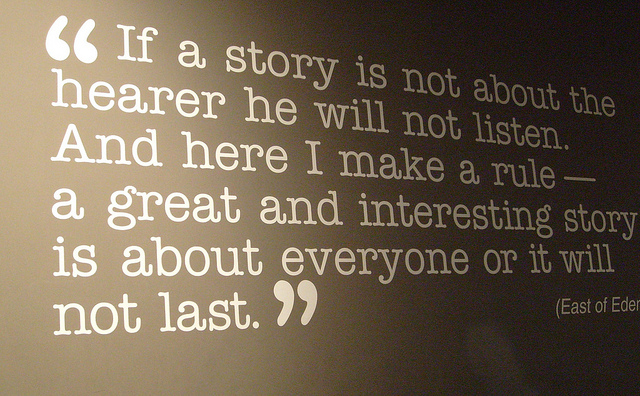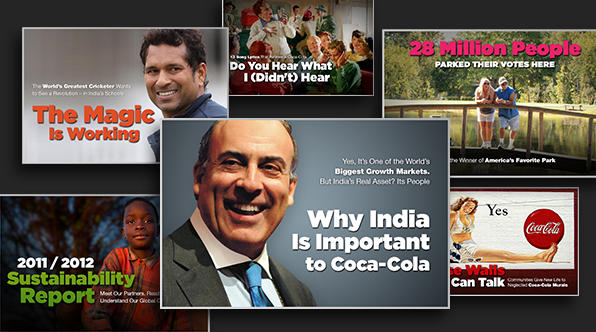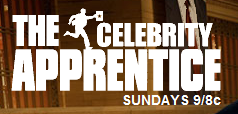I wrote this post about a year ago and just re-discovered it this past weekend while doing some blog maintenance and wondered–why did I never post this? This is good stuff!
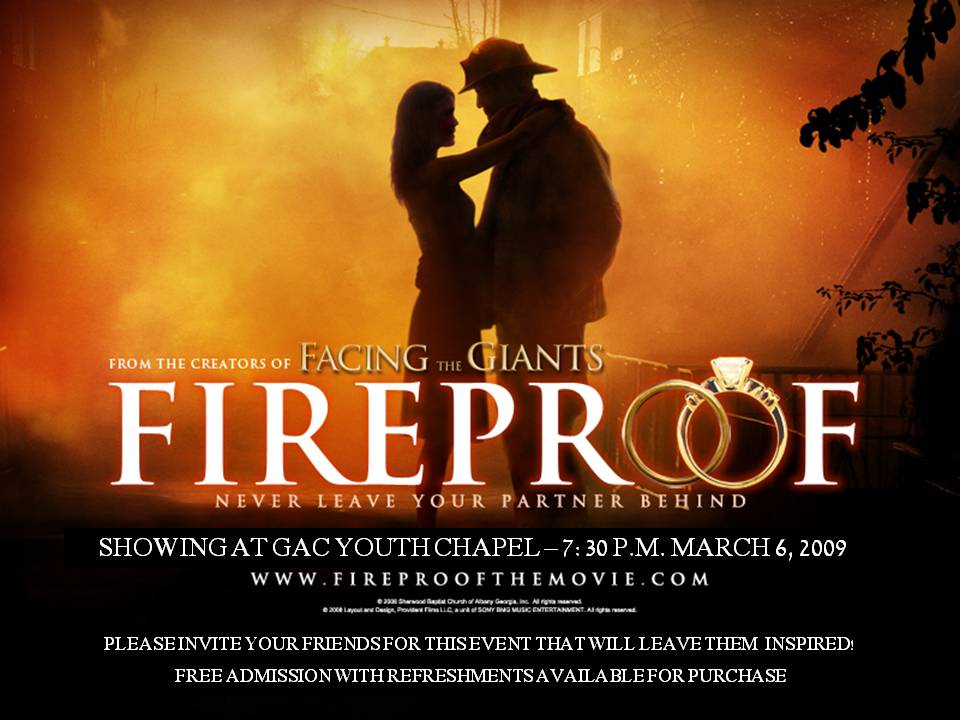 Yes, in the title, I said the church. I debated sharing this case study because I was afraid people might not read it because it says church. But then I thought, some just might read it because it does say church.
Yes, in the title, I said the church. I debated sharing this case study because I was afraid people might not read it because it says church. But then I thought, some just might read it because it does say church.
The focus in this post, however, is not the “church.” It’s about a creative, integrated strategy that utilizes a social marketing approach to achieve to strengthen America’s concept of love in the union of marriage. This love is admittedly, from the perspective of the Church, but don’t we always have the question in social marketing of – who decides? (That dear friends is another ethical conversation that can range to anything from paternalism to essentialism and everything in between.)
Onward. Have you taken the Love Dare? Is your marriage Fireproof? In the social marketing realm, there’s been talk about providing tools that equip and empower individuals to not only make personal behavior change but to help evangelize behavior change in their communities and networks. Let me walk you through a movement started at a church in Georgia.
httpv://www.youtube.com/watch?v=M5lSu6GkC2k
Sherwood Baptist Church created Sherwood Pictures, a volunteer-driven moviemaking ministry in Georgia. This movie studio was created from within its congregation and uses volunteers to act, produce, film and market their movies. Sony caught on and premiered these movies across the United States in movie theaters everywhere. The movie studio’s goal is to harness the influential power of Hollywood to influence behavior change: adopting Christ as one’s God, while also working to address societal issues. Their first two movies were Flywheel, followed by Facing the Giants. Facing the Giants was a surprise hit and was the best-selling resource in Christian stores in 2007.
A Lesson from the Church on Social Marketing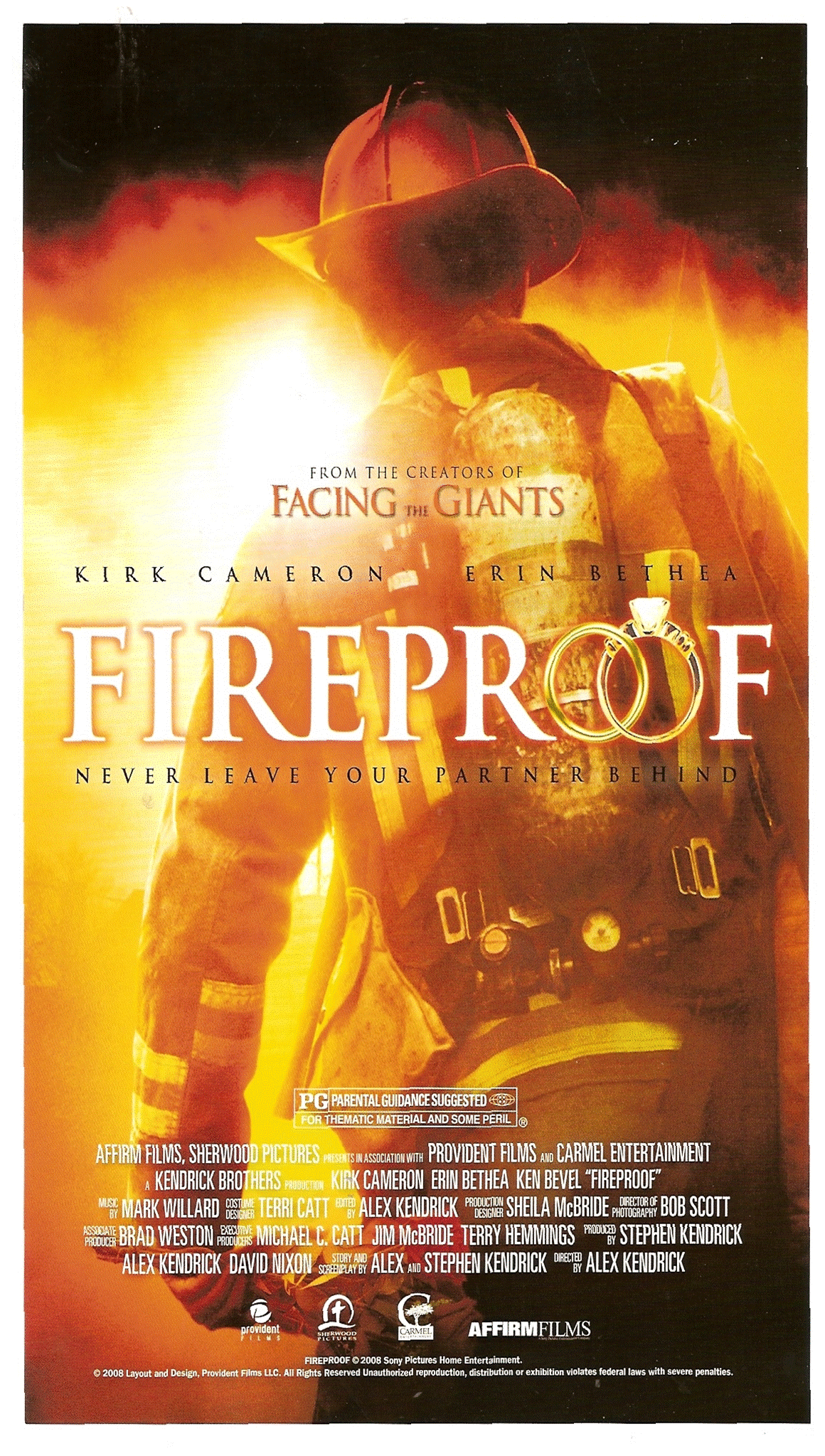
Building on this momentum, their latest movie, Fireproof, went above and beyond the work that even Call+Response or Invisible Children have propelled. Not in terms of raising “awareness,” but due to the plethora of TOOLS the Fireproof movement has around it. First, Fireproof has a few interwoven objectives (according to the makers of the film):
- Show what real love is.
- Show how this love is integral for a successful marriage that is Fireproof against today’s high divorce rates.
- Show how families are a foundation of today’s society that should be nurtured.
I’m not here to debate whether you agree or disagree with the message behind the movie. But look at the TOOLS! These tools help someone commit to changing, take action to change and help them maintain that behavior over time while also encouraging others. What can this teach us about how to provide tools for people to address their health? Not just relationship health, but environmental health, public safety health, civil health, etc.
- A national launch fueled through grassroots evangelists for “premiere night” with watch parties through already-built church networks.
- Fireproof DVD and movie at a low price (about $8).
- At purchase, you can opt-in: 1) their email list survey, their feedback survey, or for their ambassadors survey, where you can get involved in the MOVEMENT for healthy marriages.
- Download and/or purchase an educational curriculum. This curriculum can be utilized in churches, small groups and/or between individuals to assist in marriage preparation classes or for sermon series.
- Step-by-step DVD to assist in nurturing healthy discussion about the topics presented in the movie.
- Because the movie is centered on a concept called, “The Love Dare,” which is a 40-day challenge to love your spouse. The producers of the movie actually wrote a hard copy of the “The Love Dare,” so that any couple can walk through the same process the actors in the movie did to nurture their relationship and/or marriage.
- And, if you don’t have a way to view the movie, the movie “Fireproof” was also developed into a book for those that prefer reading to video.
As for promotion? It all started with Facing the Giants. A Christian movie produced by a church in Atlanta all by volunteers within the congregation that premiered through Sony in movie theaters across America. Congregations rallied around the movie and its purpose–here again, with Fireproof, people did the same. Couples, churches, communities, businesses, firefighters, and the Catholic community all pitched in to help promote the movement. In addition, any consumer who bought the materials online, could also opt-in to be an ambassador of the movement to arrange get togethers, watch parties and more around the central themes in the movie.
What This Means…
Let’s remember where this all started…at a church, by a group of volunteers wanting to a) show the power and love of God and 2) work to address societal issues in a big way. In other words–they started with their goals. They didn’t see barriers. They didn’t stop at possible. They saw the impossible and made it happen.
What does impossible look like to you? Make it possible.
PS: Interested in Christian churches who are creating a movie-making ministry? In McClean, Virginia, McLean Bible Church has a group of congregation members working to create a Christian movie studio, named In Jesus’ Name Productions. Their first movie, The Messiah, has a $75 million dollar budget and is due out 2012.
